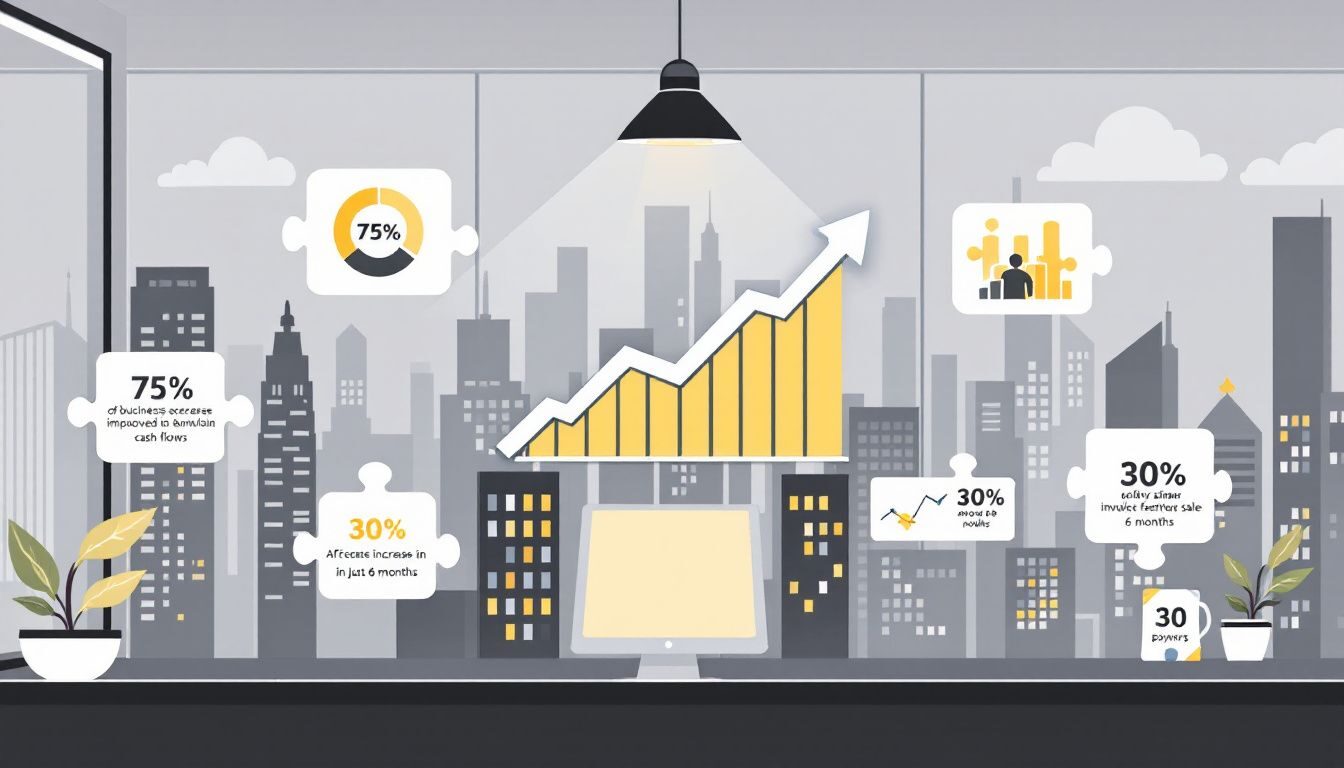Investing in commodities can be both exhilarating and daunting, especially in the ever-shifting landscape of today’s global economy. With fluctuating prices and diverse market factors at play, understanding how to make informed decisions is crucial. Here’s a guide on Smart Commodity Investment strategies to help you navigate the complexities of the Current Market Strategies and make the most of your investments in commodities.
1. Understand the Market Dynamics
The first step in Investing in Commodities is to grasp the fundamentals of how the market operates. Commodities markets are influenced by a range of factors including supply and demand dynamics, geopolitical events, and macroeconomic indicators.
For instance, the price of crude oil can be swayed by political instability in oil-producing regions or shifts in global production levels. Similarly, agricultural commodities like soybeans can experience price fluctuations due to weather conditions or changes in global trade policies. Keeping abreast of these influences will help you make educated decisions about when and where to invest.
2. Diversify Your Portfolio
One of the cornerstones of Smart Commodity Investment is diversification. By spreading your investments across different types of commodities, you can mitigate risk and capitalize on various market opportunities.
Consider diversifying among energy commodities (such as oil and natural gas), precious metals (like gold and silver), and agricultural products (such as wheat and corn). Each commodity behaves differently under various market conditions, so a well-diversified portfolio can provide a balance between risk and reward. Diversification not only helps in managing risk but also positions you to take advantage of different market trends.
3. Stay Informed with Market Trends
Being up-to-date with Current Market Strategies is crucial for successful commodity investing. Monitor news, reports, and analysis on commodity markets to identify emerging trends and potential opportunities.
For instance, if there’s a report indicating a growing demand for renewable energy, investing in commodities like lithium, which is essential for battery production, might be advantageous. Conversely, if geopolitical tensions threaten oil supplies, understanding how these events impact prices can help you make strategic investment choices.
4. Utilize Technical and Fundamental Analysis
To refine your investment strategy, utilize both technical and fundamental analysis. Commodity Market Tips often include analyzing historical price data (technical analysis) and assessing supply and demand factors, economic indicators, and geopolitical influences (fundamental analysis).
Technical analysis involves studying charts and patterns to forecast future price movements, while fundamental analysis focuses on understanding the intrinsic value of a commodity based on external factors. Combining these approaches can provide a comprehensive view of the market and enhance your investment decisions.
5. Explore Different Investment Vehicles
Investing in commodities can be done through various vehicles, each with its own advantages and risks. Some common options include:
- Futures Contracts: These are agreements to buy or sell a commodity at a predetermined price on a future date. Futures contracts can provide leverage but also involve significant risk.
- Commodity ETFs (Exchange-Traded Funds): These funds track the price of a commodity or a basket of commodities. They offer a way to invest in commodities without directly trading futures contracts.
- Commodity Stocks: Investing in companies that produce or refine commodities can offer indirect exposure to commodity prices. For example, buying shares in mining companies can provide a way to invest in metals like gold or copper.
Each investment vehicle has different risk profiles and requires a different level of engagement. Choose the one that aligns with your investment goals and risk tolerance.
6. Monitor Supply and Demand Factors
Supply and demand are fundamental drivers of commodity prices. Keeping an eye on these factors can help you anticipate market movements and make informed investment decisions.
For example, if there is a disruption in the supply chain for a particular commodity, such as a natural disaster affecting agricultural output, prices may rise. Conversely, an oversupply of a commodity can lead to price declines. Understanding these dynamics and their potential impact on prices will help you make more strategic investments.
7. Be Prepared for Volatility
Commodity markets are inherently volatile, with prices subject to rapid and significant fluctuations. This volatility can present both opportunities and risks, so it’s essential to be prepared.
Implement risk management strategies such as setting stop-loss orders or diversifying your investments to mitigate potential losses. It’s also beneficial to maintain a long-term perspective and avoid making impulsive decisions based on short-term market movements.
8. Consult with Experts
Finally, consider consulting with financial advisors or commodity market experts. Their insights and expertise can provide valuable guidance and help you navigate the complexities of the commodities market.
Experts can offer tailored advice based on your financial goals, risk tolerance, and market conditions. Whether you’re new to commodity investing or looking to refine your strategy, professional advice can enhance your decision-making process and optimize your investment outcomes.
Conclusion
Investing in commodities requires a blend of knowledge, strategy, and vigilance. By understanding the Current Market Strategies, diversifying your portfolio, staying informed with market trends, and utilizing both technical and fundamental analysis, you can navigate the complexities of the commodities market with greater confidence.
Whether you’re considering Smart Commodity Investment in energy, metals, or agricultural products, applying these strategies will help you make informed decisions and manage risks effectively. Embrace the challenges and opportunities of the commodities market with a well-thought-out approach, and you’ll be well-positioned to achieve your investment goals.

